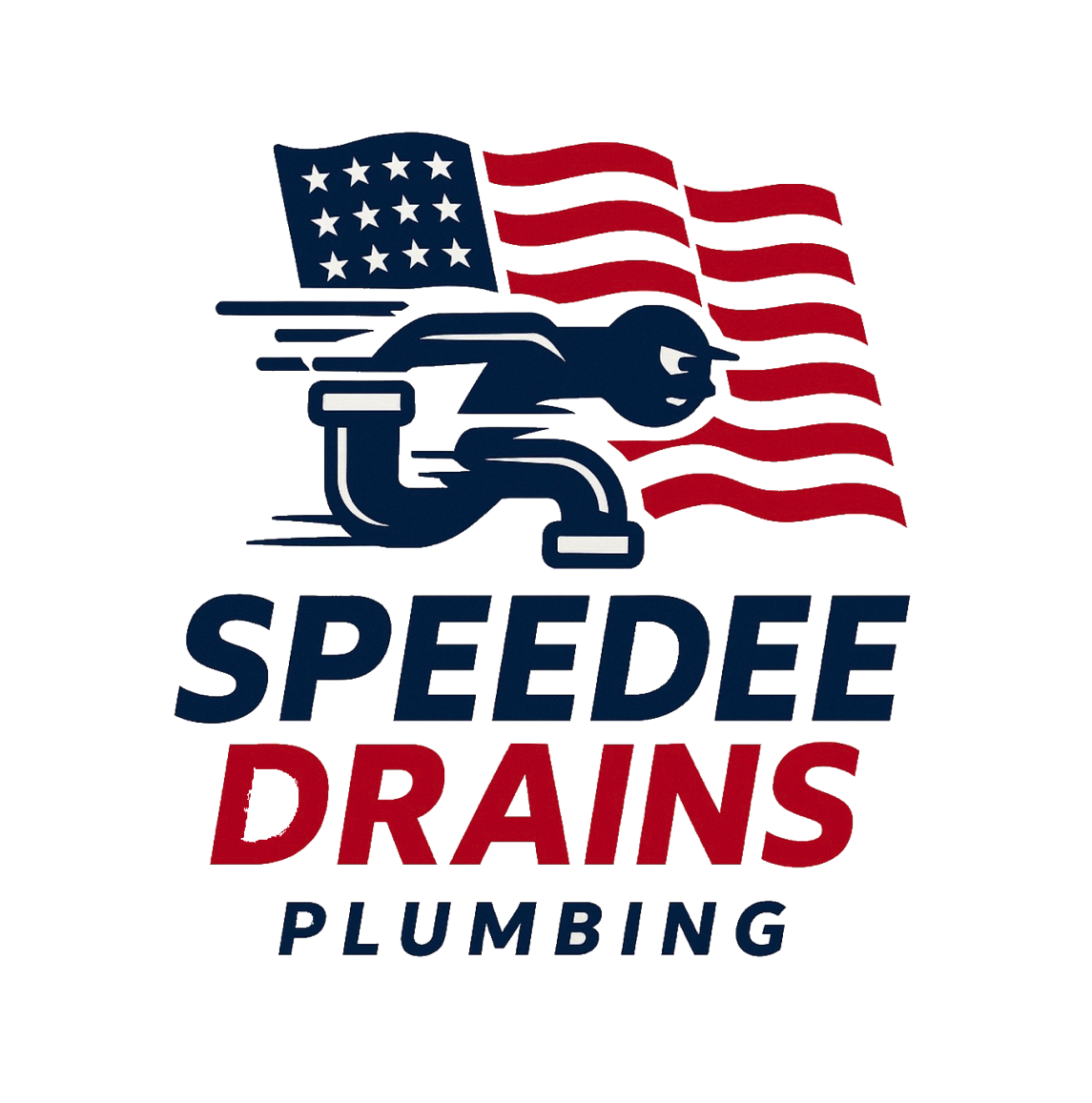Sink Leaks: Causes, Troubleshooting, and Repair Tips for Homeowners
A sink is one of the most frequently used plumbing fixtures in any home or business. From washing dishes and food prep in the kitchen to handwashing and grooming in the bathroom, sinks work hard every day. But when a sink starts leaking—whether it’s a steady faucet drip, a puddle under the cabinet, or water dripping from the supply line—it can quickly become more than just an inconvenience.
At Speedee Drains Plumbing Pros, serving Orange County and Los Angeles County, we specialize in residential and commercial plumbing services, including leak detection, drain cleaning, hydro jetting, and sewer line repairs. This guide will explain the most common causes of sink leaks, how to troubleshoot them, and what steps you can take to fix and prevent them.
1. Why Sink Leaks Are a Problem
Even a minor leak can cause major issues over time.
- Water waste: A dripping faucet can waste thousands of gallons per year.
- Rising utility bills: Leaks increase your monthly water costs.
- Cabinet and flooring damage: Moisture warps wood and encourages mold.
- Health hazards: Mold and mildew grow in damp, enclosed spaces.
The faster you identify and fix a leak, the less damage it causes.
2. Common Types of Sink Leaks
Faucet Leaks
- Dripping spout due to worn washers, cartridges, or O-rings
- Leaks around faucet handles
- Corrosion or cracks in the faucet body
Drainpipe Leaks
- Loose slip nuts on the P-trap
- Cracked or corroded pipes
- Failed plumber’s putty or seals around the drain
Supply Line Leaks
- Flexible hoses with cracks or bulges
- Loose fittings at shutoff valves or faucet inlets
- Deteriorated washers inside the connectors
Sink Strainer Leaks (Kitchen)
- Worn or dried plumber’s putty
- Loose mounting locknut under the sink
Overflow Drain Leaks (Bathroom)
- Cracked overflow channel inside the sink
- Worn or misaligned gaskets
3. Troubleshooting Sink Leaks
Step 1: Find the Source
- Dry the area completely with a towel.
- Run the faucet and observe closely.
- Use a flashlight to check around the faucet base, drainpipe, and supply lines.
Step 2: Fixing Faucet Leaks
- Shut off the water supply.
- Remove faucet handles with a screwdriver.
- Replace worn washers, O-rings, or cartridges.
- Apply plumber’s grease before reassembly.
- Turn water back on and test.
Step 3: Fixing Drainpipe Leaks
- Place a bucket under the P-trap.
- Hand-tighten slip nuts—avoid overtightening.
- Replace cracked or corroded sections with new PVC.
- Reseal connections with plumber’s tape or putty.
Step 4: Fixing Supply Line Leaks
- Check for cracks, bulges, or water droplets on hoses.
- Tighten fittings at both the shutoff valve and faucet.
- Replace old hoses with braided stainless steel lines.
Step 5: Fixing Sink Strainer Leaks
- Remove the strainer assembly from under the sink.
- Scrape off old plumber’s putty.
- Apply fresh putty around the flange.
- Reinstall and tighten the locknut securely.
Step 6: Fixing Overflow Drain Leaks
- Inspect the overflow channel for cracks.
- Replace the gasket if worn or damaged.
- Apply waterproof sealant if necessary.
4. Preventing Future Sink Leaks
- Inspect connections regularly: Look under sinks monthly.
- Replace hoses every 5–7 years: Prevents sudden failures.
- Avoid overtightening: Too much pressure cracks fittings.
- Use quality materials: Stainless steel supply lines and durable faucets last longer.
- Schedule annual plumbing inspections: Professionals catch hidden leaks early.
5. Signs of a Hidden Sink Leak
Not all leaks are obvious. Watch for these warning signs:
- Musty odors in cabinets
- Swollen or warped wood under the sink
- Water stains on walls or ceilings below the sink
- Mold growth near the baseboards
- Sudden spikes in your water bill
If you notice these, professional leak detection may be necessary.
6. When to Call a Professional Plumber
While many sink leaks can be fixed with DIY solutions, sometimes it’s best to call in the experts.
Call a plumber if:
- Leaks persist after you replace washers or hoses.
- Pipes show signs of corrosion or rust.
- You see mold or water damage spreading.
- Multiple sinks in your home are leaking.
- You suspect a slab leak affecting your water supply.
At Speedee Drains Plumbing Pros, we use advanced tools to pinpoint leaks and provide lasting repairs.
7. Commercial Sink Leaks
Restaurants, offices, and multi-family housing experience higher sink usage, making leaks more common.
- Frequent problems: Burst supply lines, grease-clogged drains, worn-out faucets.
- Solutions: Preventive inspections, hydro jetting, and timely repairs.
- Benefits: Avoids downtime, lowers water bills, and ensures sanitary conditions.
Final Thoughts
A leaking sink may seem minor, but left unchecked, it wastes water, raises bills, and damages your property. By learning to identify the source of leaks, troubleshooting common problems, and following preventive maintenance tips, you can avoid costly repairs and keep your plumbing system in top shape.
At Speedee Drains Plumbing Pros, we proudly serve Orange County and Los Angeles County with professional residential and commercial plumbing services, specializing in leak detection, drain cleaning, hydro jetting, and sewer line repairs. Whether you’re dealing with a dripping faucet, a leaking drainpipe, or need a full plumbing inspection, our team is here to help.
